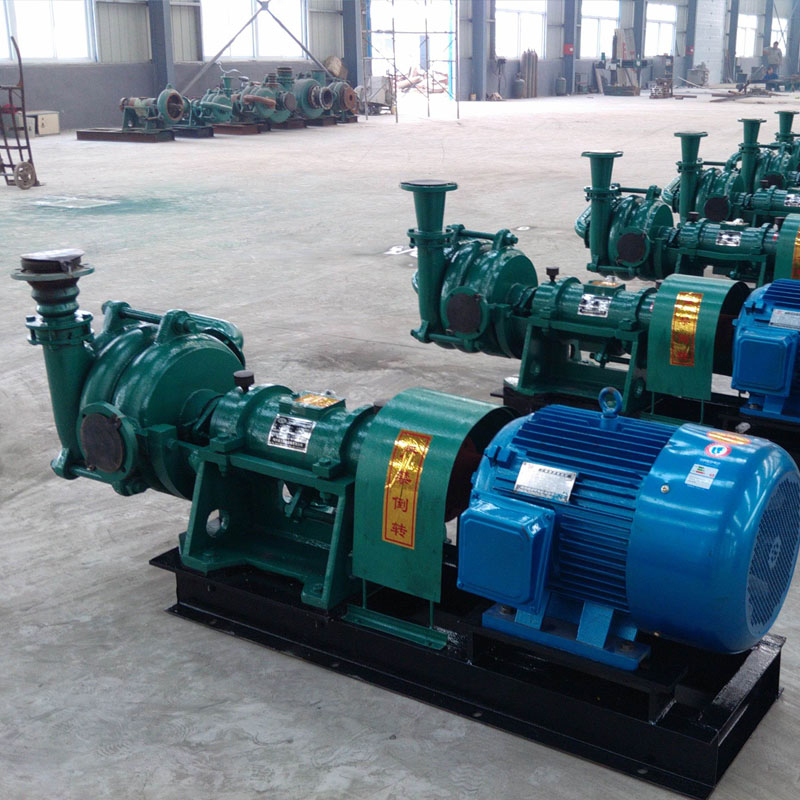Polish
- Afrikaans
- Albanian
- Amharic
- Arabic
- Armenian
- Azerbaijani
- Basque
- Belarusian
- Bengali
- Bosnian
- Bulgarian
- Catalan
- Cebuano
- Corsican
- Croatian
- Czech
- Danish
- Dutch
- English
- Esperanto
- Estonian
- Finnish
- French
- Frisian
- Galician
- Georgian
- German
- Greek
- Gujarati
- Haitian Creole
- hausa
- hawaiian
- Hebrew
- Hindi
- Miao
- Hungarian
- Icelandic
- igbo
- Indonesian
- irish
- Italian
- Japanese
- Javanese
- Kannada
- kazakh
- Khmer
- Rwandese
- Korean
- Kurdish
- Kyrgyz
- Lao
- Latin
- Latvian
- Lithuanian
- Luxembourgish
- Macedonian
- Malgashi
- Malay
- Malayalam
- Maltese
- Maori
- Marathi
- Mongolian
- Myanmar
- Nepali
- Norwegian
- Norwegian
- Occitan
- Pashto
- Persian
- Polish
- Portuguese
- Punjabi
- Romanian
- Russian
- Samoan
- Scottish Gaelic
- Serbian
- Sesotho
- Shona
- Sindhi
- Sinhala
- Slovak
- Slovenian
- Somali
- Spanish
- Sundanese
- Swahili
- Swedish
- Tagalog
- Tajik
- Tamil
- Tatar
- Telugu
- Thai
- Turkish
- Turkmen
- Ukrainian
- Urdu
- Uighur
- Uzbek
- Vietnamese
- Welsh
- Bantu
- Yiddish
- Yoruba
- Zulu
Telephone: +86 13120555503
Email: frank@cypump.com
lip . 25, 2024 04:28 Back to list
Essential Components and Maintenance Tips for HS1 Slurry Pumps in Industrial Applications
Understanding HS1 Slurry Pump Parts An Overview
When it comes to heavy-duty applications in various industries, slurry pumps play a crucial role. The HS1 slurry pump is designed specifically to handle abrasive and viscous materials, making it indispensable in sectors such as mining, construction, and wastewater management. This article delves into the essential components of the HS1 slurry pump, highlighting how each part contributes to its overall functionality and efficiency.
1. Pump Housing
The housing of the HS1 slurry pump is typically constructed from high-quality cast iron or special alloys, depending on the application requirements. This robust material is essential for withstanding the abrasive nature of the slurries being pumped, which may include solid particles and corrosive agents. The design of the housing also facilitates easy maintenance and flexibility in installation.
2. Impeller
The impeller is one of the most critical parts of the HS1 slurry pump. This rotating component is responsible for imparting velocity to the slurry through centrifugal force. The impeller is engineered to handle high solids concentration and is often made from wear-resistant materials. For applications involving very abrasive slurries, the impeller’s design features different geometries to optimize flow and reduce wear.
3. Shaft
The shaft serves a pivotal role in transmitting the motor’s power to the impeller. Made from high-strength steel, this component ensures reliable performance under heavy loads and extreme conditions. The shaft must also exhibit good resistance to flexural stress to maintain the alignment and operational integrity of the pump.
4. Bearings
hs1 slurry pump parts

Bearings are vital for the smooth operation of the HS1 slurry pump. Typically, these include both radial and thrust bearings to accommodate the load from the impeller. High-performance bearings are often used to ensure longevity and reduce maintenance intervals, especially in harsh operating environments. Proper lubrication and sealing are crucial to extend the life of the bearings under challenging conditions.
5. Mechanical Seal
To prevent leakage of the slurry and protect internal components, the mechanical seal is critical in the HS1 slurry pump design. This component ensures that the joint between the rotating shaft and stationary parts remains fluid-tight. Advanced sealing technologies may be employed to enhance durability and prevent contamination of the pumped medium.
6. Wear Liners
Wear liners are designed to protect the internal surfaces of the pump housing and impeller from abrasion. These liners can be made from rubber, polyurethane, or hard metal materials, depending on the nature of the slurry being processed. Having replaceable wear liners not only extends the life of the pump but also reduces maintenance costs significantly.
7. Discharge Pipe
The discharge pipe of the HS1 slurry pump is designed to transport the slurry efficiently once it has been pumped. Depending on the application, the discharge pipe may be lined with wear-resistant materials to prolong its life. Proper sizing of the discharge line is crucial to maintain optimal flow rates and minimize energy consumption.
Conclusion
Understanding the various components of the HS1 slurry pump is essential for optimizing its performance and longevity. Each part plays a significant role in ensuring that the pump can handle the demanding conditions associated with abrasive slurries. Regular maintenance and timely replacement of worn-out parts can significantly enhance operational efficiency and reduce downtime. By choosing high-quality materials and innovative designs, the HS1 slurry pump remains a reliable choice for industries requiring effective slurry handling solutions.
-
Heavy-Duty Mining Sludge Pumps - Wear-Resistant Slurry Handling
NewsAug.02,2025
-
Horizontal Split Case Pump with GPT-4 Turbo | High Efficiency
NewsAug.01,2025
-
ISG Series Pipeline Pump - Chi Yuan Pumps | High Efficiency, Durable Design
NewsAug.01,2025
-
Advanced Flue Gas Desulfurization Pump with GPT-4 Turbo | Durable & Efficient
NewsJul.31,2025
-
ISG Series Vertical Pipeline Pump - Chi Yuan Pumps | Advanced Hydraulic Design&Durable Construction
NewsJul.31,2025
-
ISG Series Vertical Pipeline Pump - Chi Yuan Pumps | Energy Efficient & Low Noise
NewsJul.31,2025










